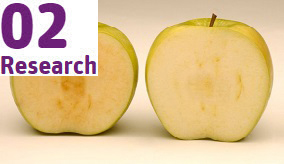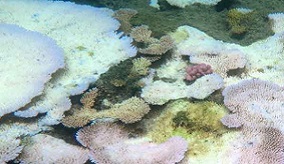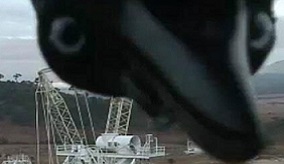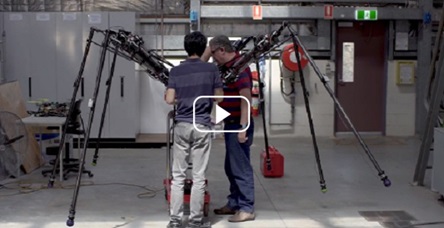02 Research

New apple tech turns down brown
In a breakthrough that promises to shake apple consumption right to the core, we've developed a technology that will stop apples from going brown. This non-browning tech isolates and replaces the naturally occurring enzyme that causes discolouration. It has the potential to reduce waste not only in apples but also in other important horticultural crops - such as potatoes, beans, lettuce, and grapes - where produce with only small injuries could still be sold. How d'you like them apples?












